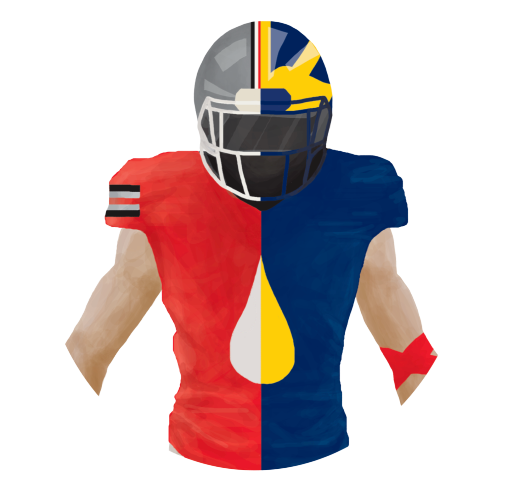The Need
If only one more percent of all Americans would give blood, blood shortages would disappear for the foreseeable future.
4.5 million Americans will need a blood transfusion each year.
43,000 pints: the amount of donated blood used each day in the U.S. and Canada.
Someone needs blood every two seconds.
Only 37 percent of the U.S. population is eligible to donate blood - less than 10 percent do annually.
About one in seven people entering a hospital need blood.
One pint of blood can save up to three lives.
94 percent of blood donors are registered voters.
Red blood cells carry oxygen to the body's organs and tissues.
Platelets promote blood clotting and give those with leukemia and other cancers a chance to live.
Blood or plasma that comes from people who have been paid for it cannot be used to human transfusion.
Granulocytes, a type of white blood cell, roll along blood vessel walls in search of bacteria to engulf and destroy.
White cells are the body's primary defense against infection.
Much of today's medical care depends on a steady supply of blood from healthy donors
Three pints: the average whole blood and red blood cell transfusion.
Children being treated for cancer, premature infants and children having heart surgery need blood and platelets from donors of all types, especially type O.
Anemic patients need blood transfusions to increase their red blood cell levels.
Cancer, transplant and trauma patients, and patients undergoing open-heart surgery may require platelet transfusions to survive.
Sickle cell disease is an inherited disease that affects more than 80,000 people in the United States, 98 percent of whom are of African descent.
Many patients with severe sickle cell disease receive blood transfusions every month.
A patient could be forced to pass up a lifesaving organ if compatible blood is not available to support the transplant.
Seventeen percent of non-donors cite "never thought about it" as the main reason for not giving, while 15 percent say they're too busy.
The number one reason blood donors say they give is because they "want to help others."
Shortages of all blood types happen during the summer and winter holidays.
Blood centers often run short of types O and B red blood cells.
The rarest blood type is the one not on the shelf when it's needed by a patient.
There is no substitute for human blood.
If all blood donors gave three times a year, blood shortages would be a rare event. (The current average is about two.).
46.5 gallons: the amount of blood you could donate if you begin at age 17 and donate every 56 days until you turn 79.
You cannot get AIDS or any other infectious disease by donating blood.
Giving blood will not decrease your strength.
500,000: the number of Americans who donated blood in the days following the September 11 attacks.
Blood donation. It's about an hour of your time. It's About Life.
Information taken from the Community Blood Center’s Blood Facts Page
